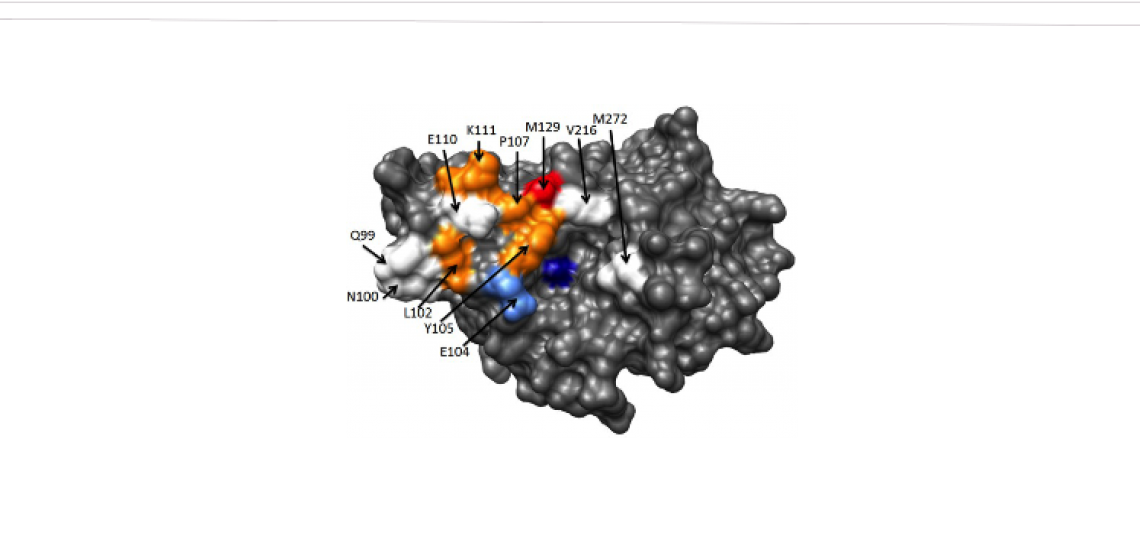
Research Interests in the Palzkill Lab
A long-term research interest of the Palzkill lab is the use of genetic and biochemical approaches to study the structure, function and evolution of antibiotic resistance enzymes. A particular focus has been on β-lactamases, which hydrolyze β-lactam antibiotics to provide bacterial drug resistance. β-lactams constitute 65% of antibiotic use worldwide and thus resistance to these drugs is a public health threat. We are interested in the role of β-lactamase mutations in the evolution of antibiotic resistance. To this end, we are determining the structural and mechanistic basis for how drug-resistant β-lactamase variants inactivate antibiotics. Further, we are investigating the structural and mechanistic basis for how recently emerged β-lactamases can hydrolyze all β-lactam antibiotics, including the last resort carbapenems.
The combination of β-lactam antibiotics with β-lactamase Inhibitors is an important therapeutic approach for the treatment of multi-drug resistant infections. Unfortunately, resistance to clinically available inhibitors is on the rise. We are using DNA-encoded chemical libraries coupled with structure-based design to develop inhibitors for several clinically-relevant β-lactamases.
Widespread resistance to β-lactams and other antibiotics has resulted in the use of colistin, a polymyxin class antibiotic, as a last resort drug for treatment of multi-drug resistant infections. The emergence and spread of the colistin resistance gene, mcr-1, is concern. The MCR-1 enzyme transfers ethanolamine from phosphatidylethanolamine to lipid A and blocks binding of colistin to the bacterial outer membrane, leading to resistance. We determined the first X-ray structure of the catalytic domain and are working on the mechanism of MCR-1 catalysis. Further, we are using DNA-encoded chemical libraries to discover inhibitors of MCR-1 to be used in combination with colistin or other polymyxin antibiotics.
Norovirus (NoV) infections are a leading cause of gastroenteritis. Human noroviruses exhibit extensive genetic and antigenic diversity, which makes it challenging to design a vaccine that provides broad protection against infection. The humoral immune response plays an important role in the control of NoV and recent studies have identified neutralizing antibodies that bind the capsid protein VP1 to block viral infection. We are using genomic phage display libraries coupled with deep sequencing to map NoV epitopes that are recognized by the humoral immune response during human infections. We have shown that the mapping resolution provided by affinity selection of the genomic phage libraries and subsequent deep sequencing is sufficient to simultaneously identify multiple distinct epitopes in complex samples such as human serum. This allows an assessment of the distribution of norovirus epitopes and thus antibodies in patients and a determination of how those epitopes differ among individuals and perhaps among those with altered disease responses. The results of these studies provide the NoV antigenic landscape of the humoral immune response and can guide vaccine and diagnostic design.








